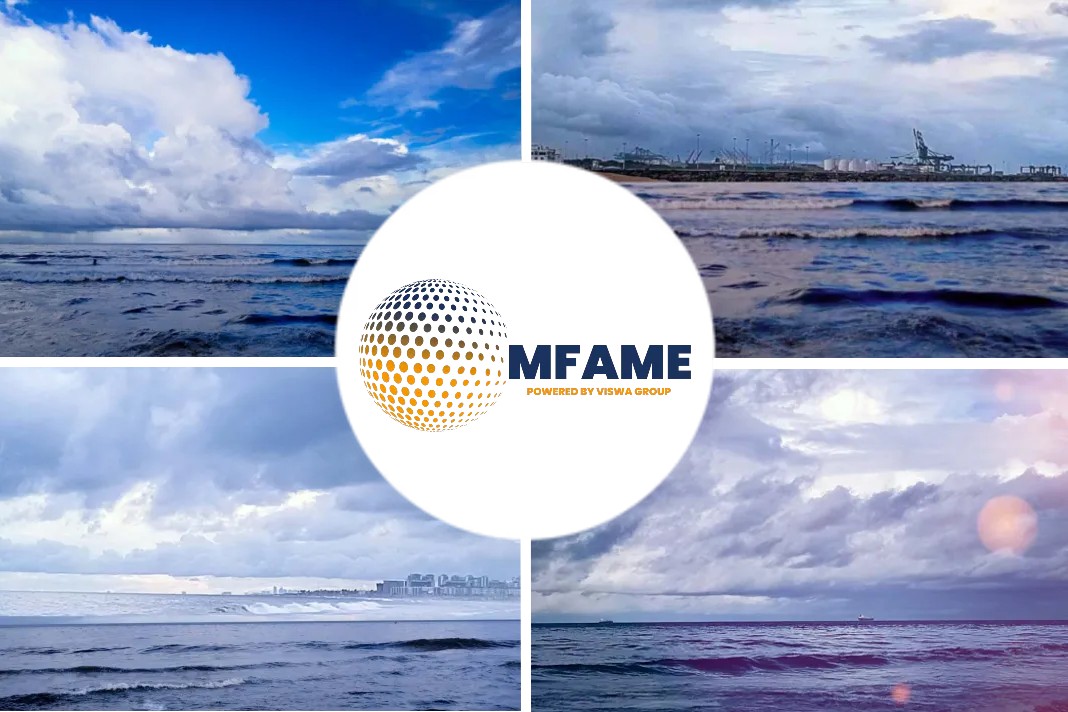Kawasaki together with other Japanese companies developed what was then considered the first ship in the world to transport liquid hydrogen internationally, says an article published in Auto Evolution.
Worlds first kind
Since then, the debate over “green hydrogen” versus standard one, and over sustainable shipping, has only intensified, and it looks like better alternatives are now available. One of them is another premiere, the world’s first zero-carbon ship for compressed hydrogen transportation.
GEV’s partnership
Developed by Global Energy Ventures (GEV), this ship boasts an innovative tank design, meant to store ambient temperature hydrogen, at an operating pressure of 250 bar. It’s designed to carry green hydrogen, as compressed hydrogen (C-H2), Liquefied Hydrogen (LH2), and Ammonia (NH3), with a cargo capacity of 2,204 tons (2,000 metric tons).
GEV partnered with Ballard Power Systems and Wartsila, to equip the vessel with dual fuel (natural gas and hydrogen) engines, coupled to two electric drive fixed pitch propellers. The goal is to eventually power the ship with 100% hydrogen fuel cells, for a zero-carbon shipping vessel.
Received approval
The hydrogen carrier’s developer recently received approval from the American Bureau of Shipping (ABS) to develop and operate a pilot version, with a 474-ton (430 metric tons) capacity. The smaller, pilot ship will be used to deliver green hydrogen from Australia to Asia Pacific markets, in collaboration with energy in Western Australia. A previous study confirmed that compression is the best way to commercialize hydrogen, for transport distances of up to 4,500 nautical miles.
The full-scale compressed hydrogen shipping vessel is expected to obtain final approvals in 2022. By incorporating megawatt-scale hydrogen fuel cell systems, it will become the world’s first zero-carbon ship to carry compressed green hydrogen.
Did you subscribe to our daily newsletter?
It’s Free! Click here to Subscribe!
Source: AutoEvolution






















